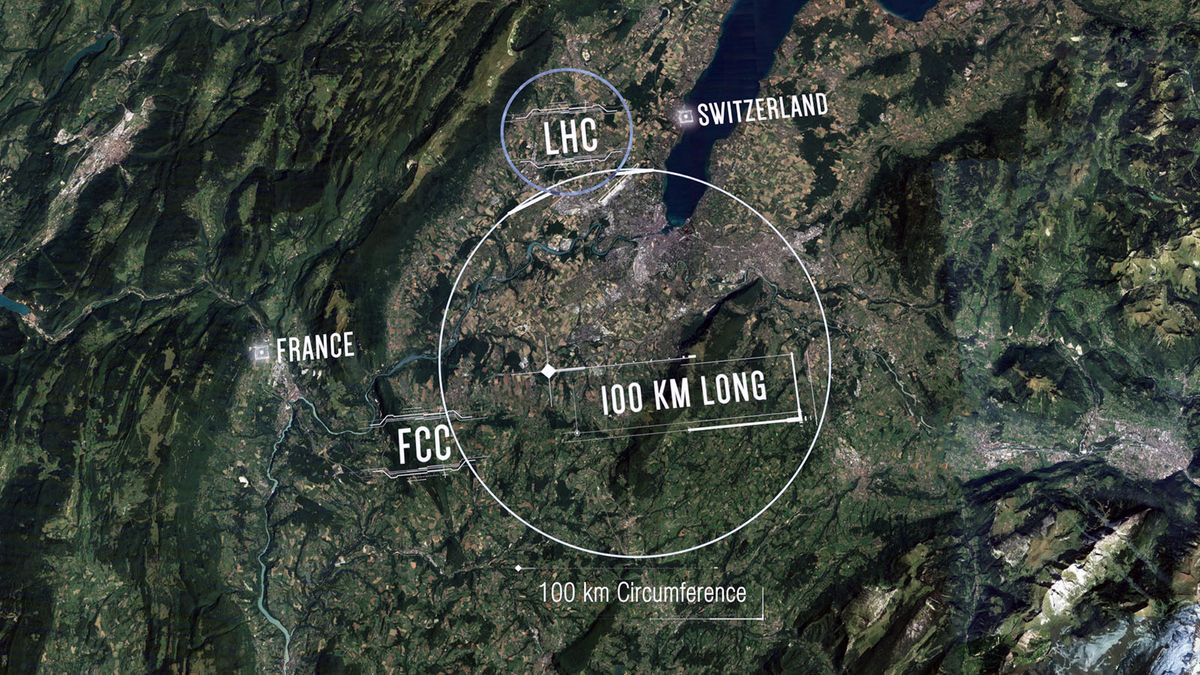CERN Wants to Build a Bigger, Badder Particle Collider
/By: John Perritano/

 science.howstuffworks.com
-----
science.howstuffworks.com
-----
Cern aims to build €22bn collider to unlock secrets of universe.
The first accelerator based on the principle of multiple acceleration was the cyclotron,
invented by Ernest Lawrence in 1930 (Nobel Prize 1939).
Since then, 1000 new particles have been discovered. Will new subatomic particles
close the gaps in our misunderstanding of the quantum world?
/By: John Perritano/
CERN Wants to Build a Bigger, Badder Particle Collider
The proposed collider would dwarf the existing Large Hadron Collider. But is the $22 billion price tag worth it?
Cern aims to build €22bn collider to unlock secrets of universe.
The first accelerator based on the principle of multiple acceleration was the cyclotron,
invented by Ernest Lawrence in 1930 (Nobel Prize 1939).
Since then, 1000 new particles have been discovered. Will new subatomic particles
close the gaps in our misunderstanding of the quantum world?
